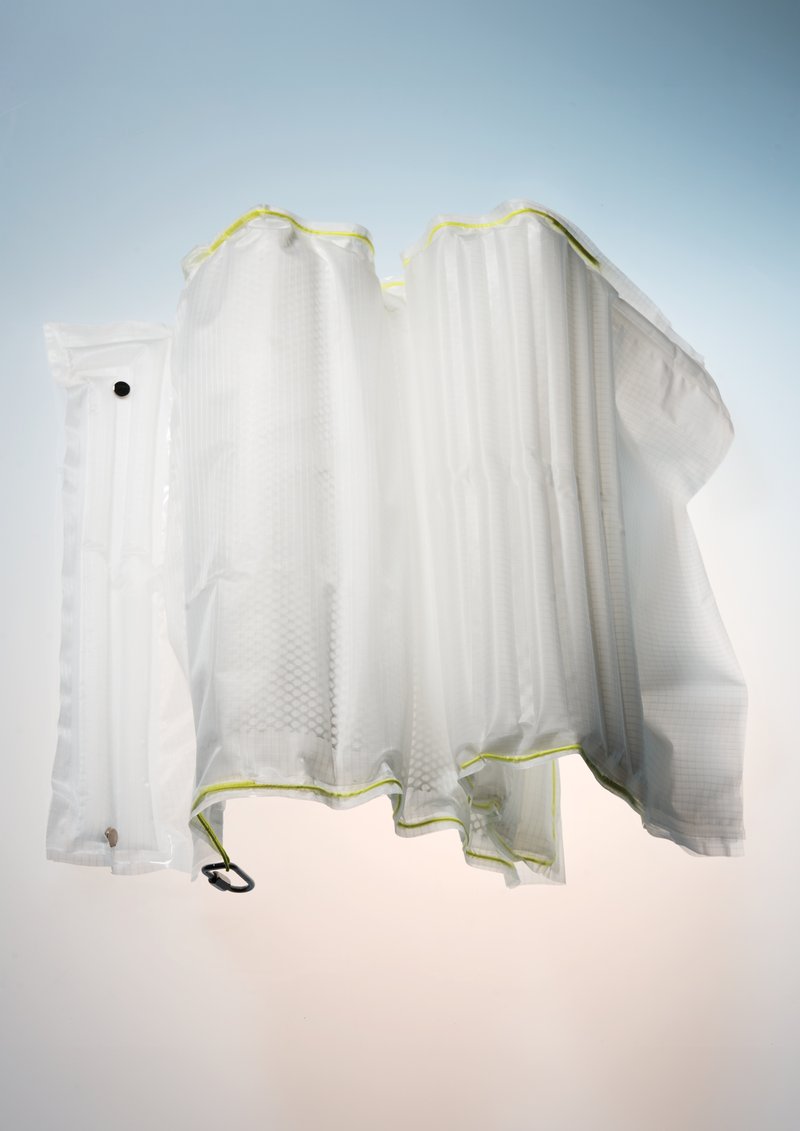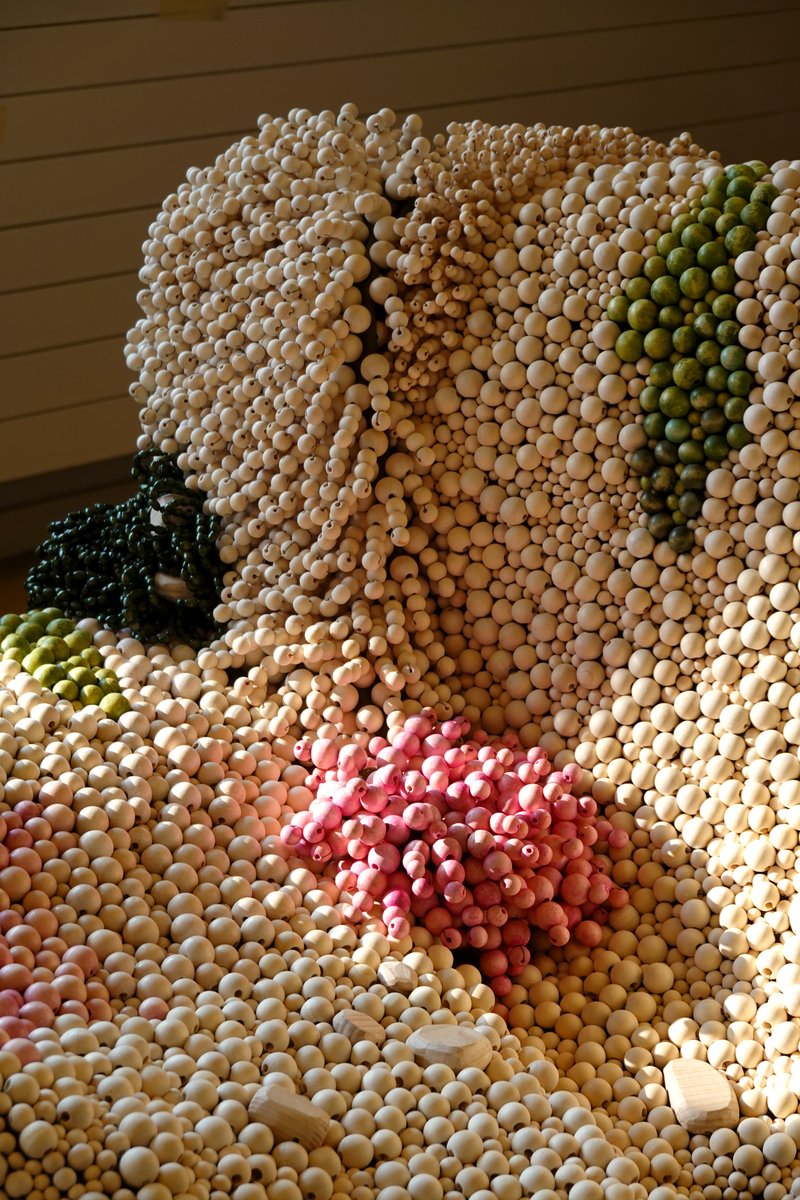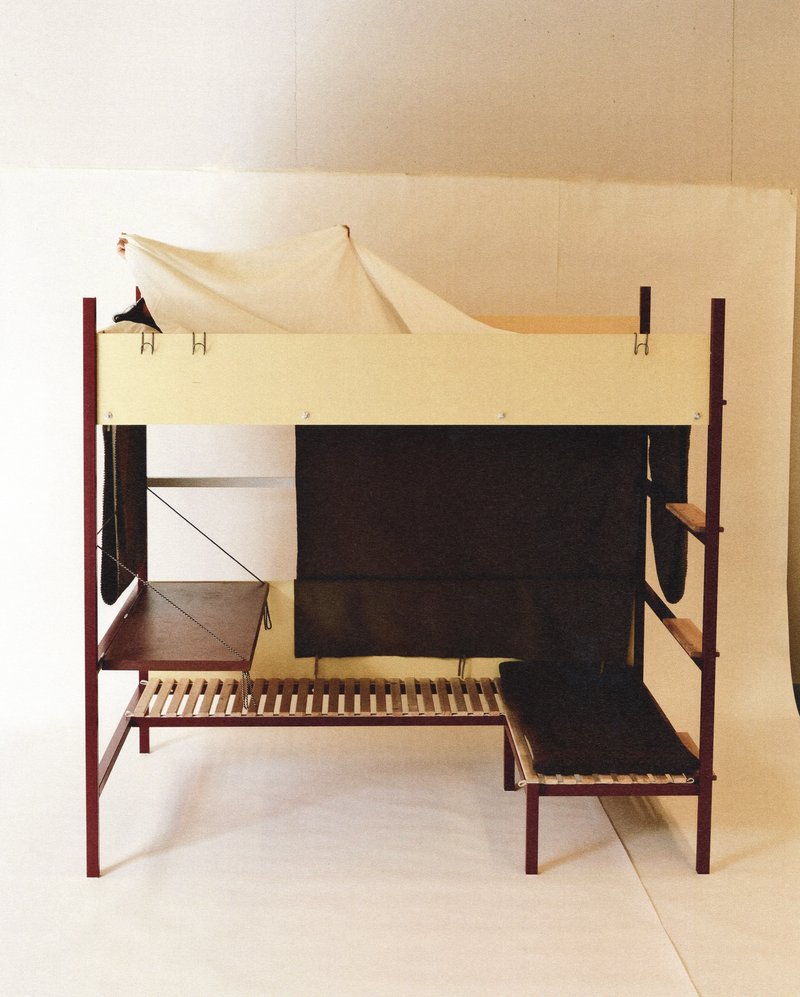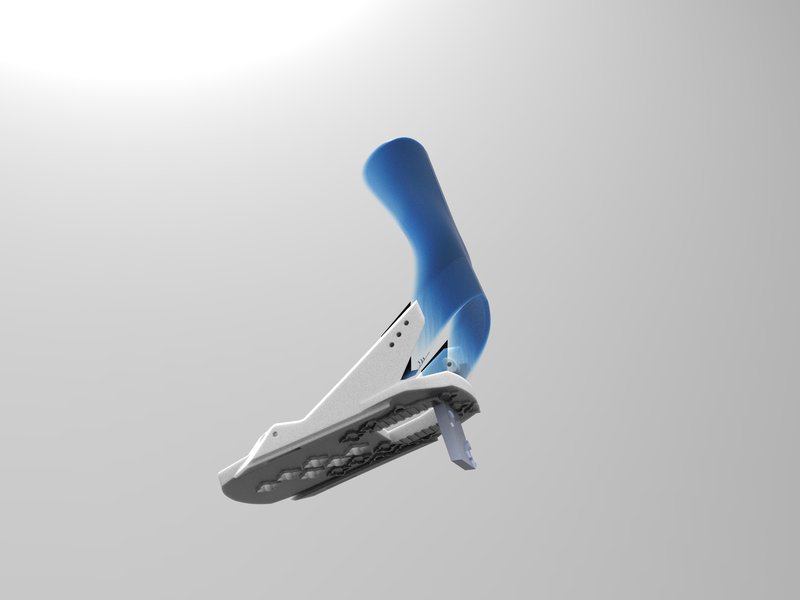
MA PRODUCT DESIGN
Adam Friedrich – Airy
by Adam Friedrich
Airy is a research project that explores the use of air as a primary resource. It uses inflatable structures to protect valuable devices during travel. The design employs contemporary materials and pays particular attention to detail to offer relevant, everyday solutions for safeguarding increasingly fragile and valuable electronic devices.




























